These facts about the fast fashion industry will make you think twice before buying another t-shirt from your favorite fast fashion brand.

“ 3 out of 5 fast fashion items end up in a landfill ”
(Clean Clothes Campaign, 2019)
“ Textile production contributes more to climate change than international aviation and shipping combined ”
(House of Common Environmental Audit Committee, 2019)

“ The fashion industry is responsible for 8% of carbon emissions ”
(UN Environment, 2019)
“ The textile sector still represents 10 to 20% of pesticide use. ”
(The State of Fashion, McKinsey, 2020)
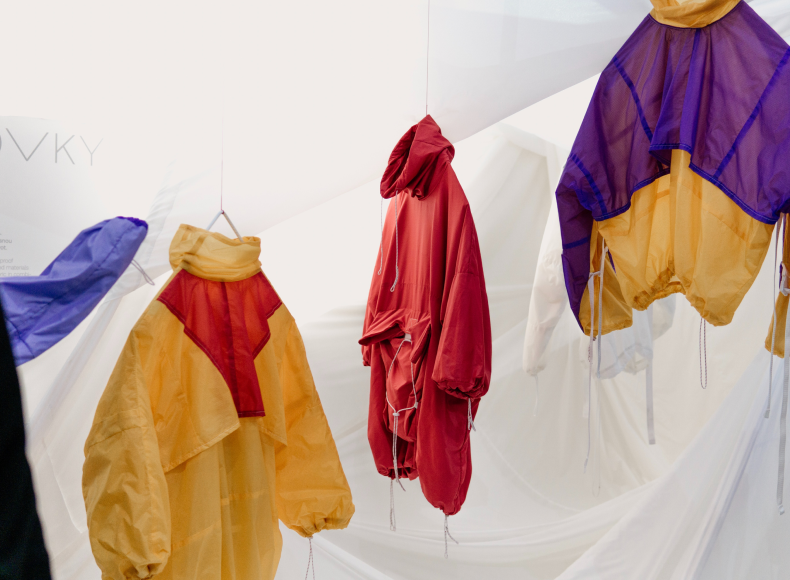
“Washing clothes, meanwhile, releases 500,000 tons of microfibers into the ocean each year — the equivalent of 50 billion plastic bottles.”
(UNEP, Ellen MacArthur Foundation)
“ The fashion industry is designed to make you feel “out of trend” after one week. ”
(Overdressed: The Shockingly High Cost of Cheap Fashion)
 Tunatura/Getty Images
Tunatura/Getty Images
“ Fashion accounts for 20 to 35% of microplastic flows into the ocean. ”
(The State of Fashion, McKinsey 2020)
“ 93% of brands surveyed by the Fashion Checker aren’t paying garment workers a living wage ”
(Fashion Checker, 2020)
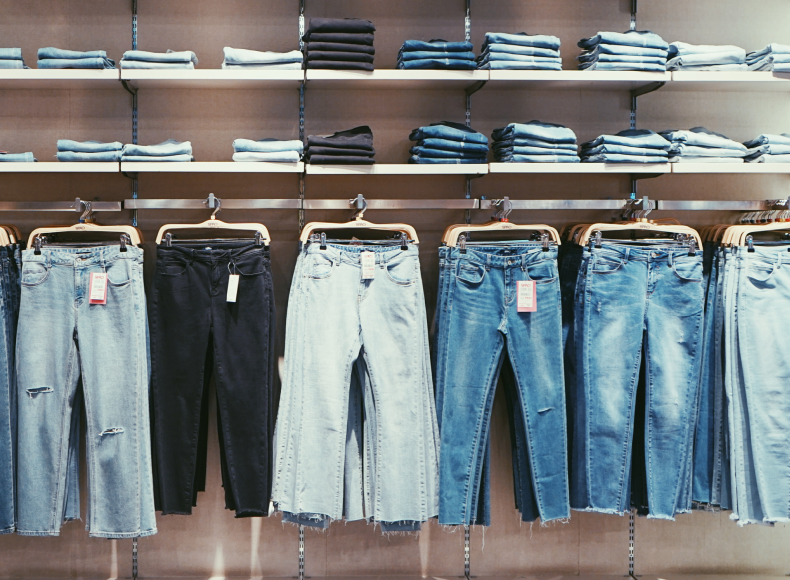
“ The average American throws away around 81 pounds of clothing yearly ”
(Saturday Evening Post, 2018)
“ 20,000 LITERS. The amount of water needed to produce one kilogram of cotton; equivalent to a single t-shirt and pair of jeans. ”
(WWF)
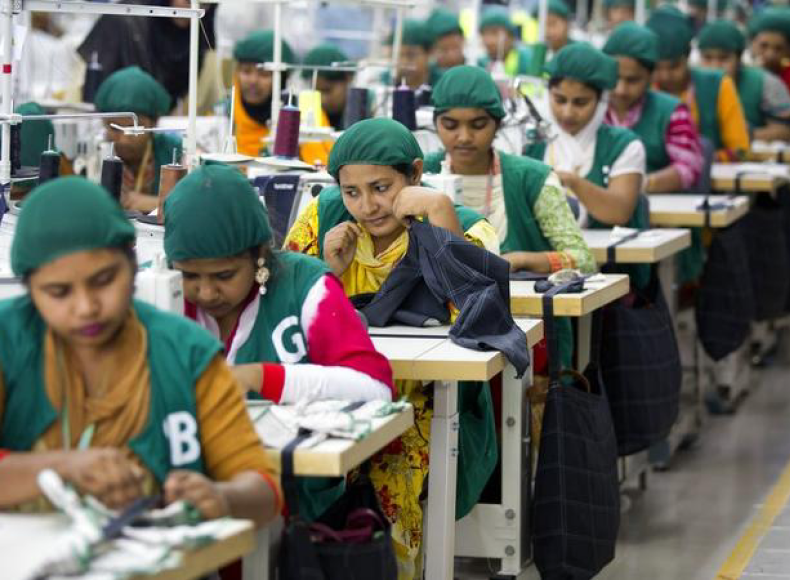 In this April 19, 2018 photo, trainees at a garment factory work at Snowtex garment factory in Dhamrai, near Dhaka, Bangladesh.
In this April 19, 2018 photo, trainees at a garment factory work at Snowtex garment factory in Dhamrai, near Dhaka, Bangladesh.
“ 9 out of 10 workers interviewed in Bangladesh cannot afford enough food for themselves and their families, forcing them to regularly skip meals and eat inadequately, or go into debt. ”
(Oxfam Made in Poverty Report)
“ Clothing made from polyester can take up to 200 years to break down.”
ABC
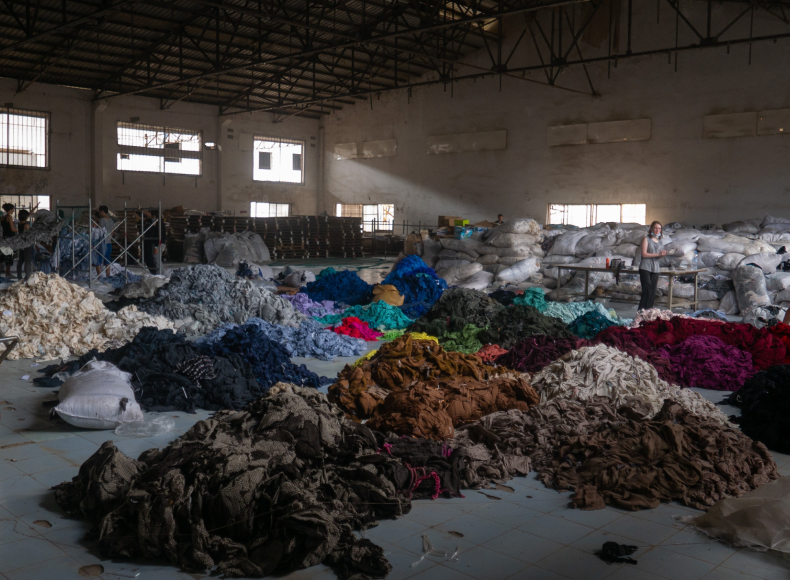
“ Washing, solvents, and dyes used in manufacturing are responsible for 1/5 of industrial water pollution”
(McKinsey, 2020)
“ Only 10% of the clothes people donate to thrift stores or charities get sold, the rest goes to landfill.”
(1 Million Women)
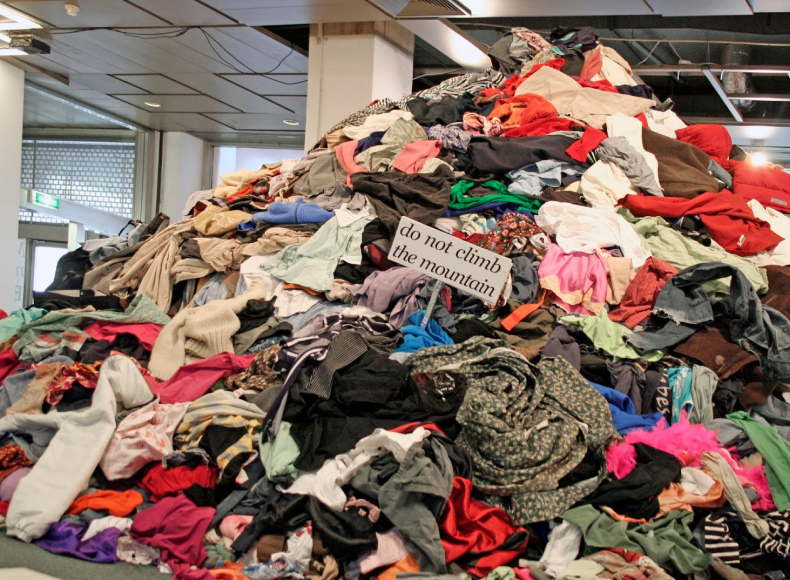 TDS Blog
TDS Blog
“63% of textile fibers are derived from petrochemicals”
(Journal of Cleaner Production, 2018)
“ Fast fashion companies design clothes that fall apart quickly. They pursue a strategy called ‘Planned obsolescence’. This means to design garments to become unfashionable, wear out, lose shape or fall to pieces easily to force consumers to keep buying new clothes. ”
(Be Global Fashion Network)

“ 250,000 Indian cotton farmers have killed themselves in the last 15 years due to the stress of debt they accumulated through buying genetically modified cotton seeds to keep up with demand. ”
(The True Cost)
“ 85% of the plastic pollution in the ocean is due to microfibers from synthetic clothing. ”
(Dr. Mark Browne)
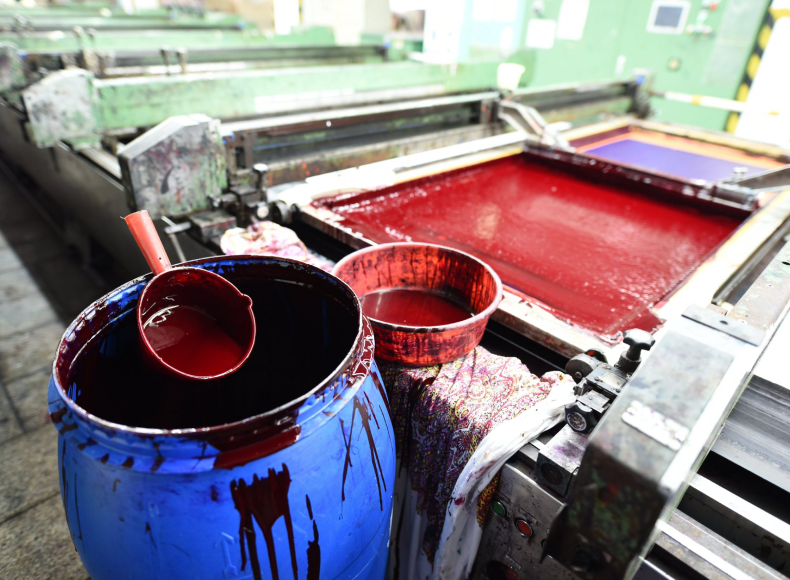 remake.world
remake.world
“ Nearly 70 million barrels of oil are used each year to make the world’s polyester fiber, which is now the most commonly used fiber in our clothing. But it takes more than 200 years to decompose.”
(Forbes, 2015)
“ Around 8000 synthetic chemicals are used in the fashion industry. ”
(Common Objective)
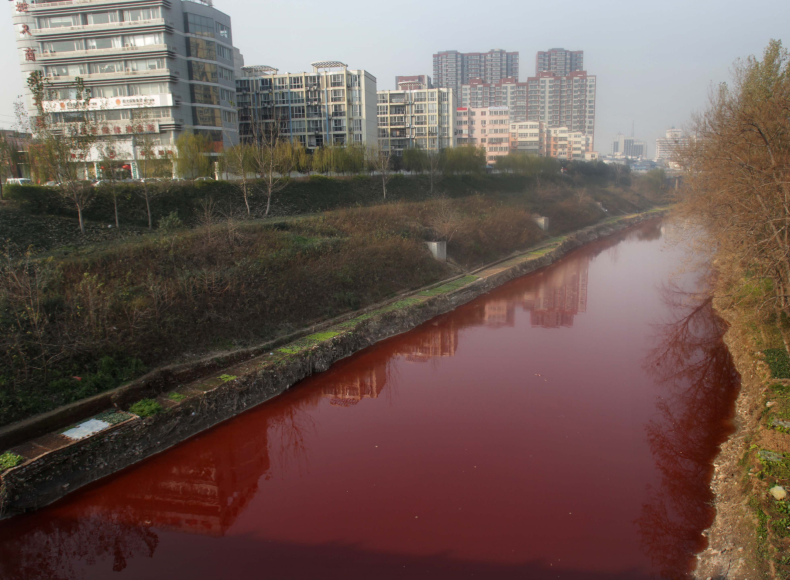 CNN
CNN
“Farmers in China close to garment factories ‘joke’ about being able to tell what colour will be ‘in’ next season by looking at the shade of their rivers.”
(Refinery29)
The equivalent of one garbage truck full of clothes is burned or dumped in a landfill every second. - United Nations Environment Programme
(UNEP)
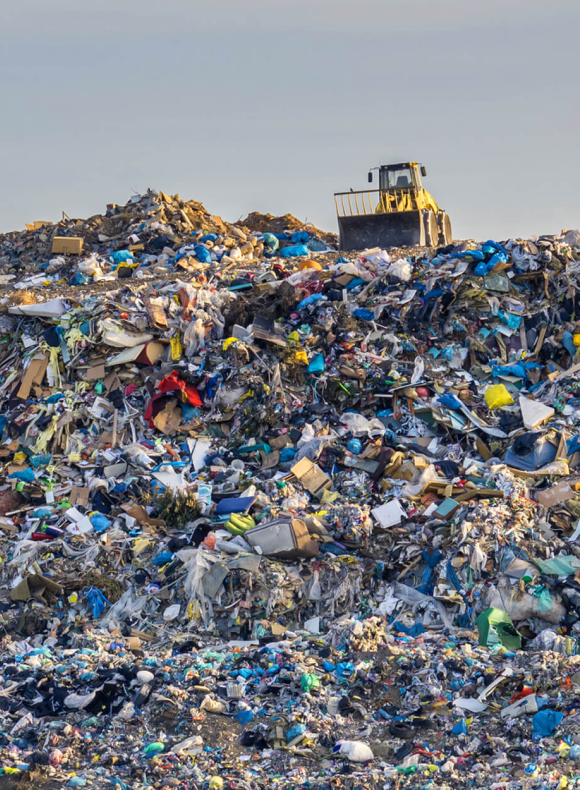 WTVOX
WTVOX
Clothing production has roughly doubled since 2000.
(McKinsey & Company)
The fashion industry is also the second-largest consumer of water worldwide.
(UNECE)
Textile dyeing is the world's second-largest polluter of water, since the water leftover from the dyeing process is often dumped into ditches, streams, or rivers.
(UNEP, The New York Times, The Guardian)










